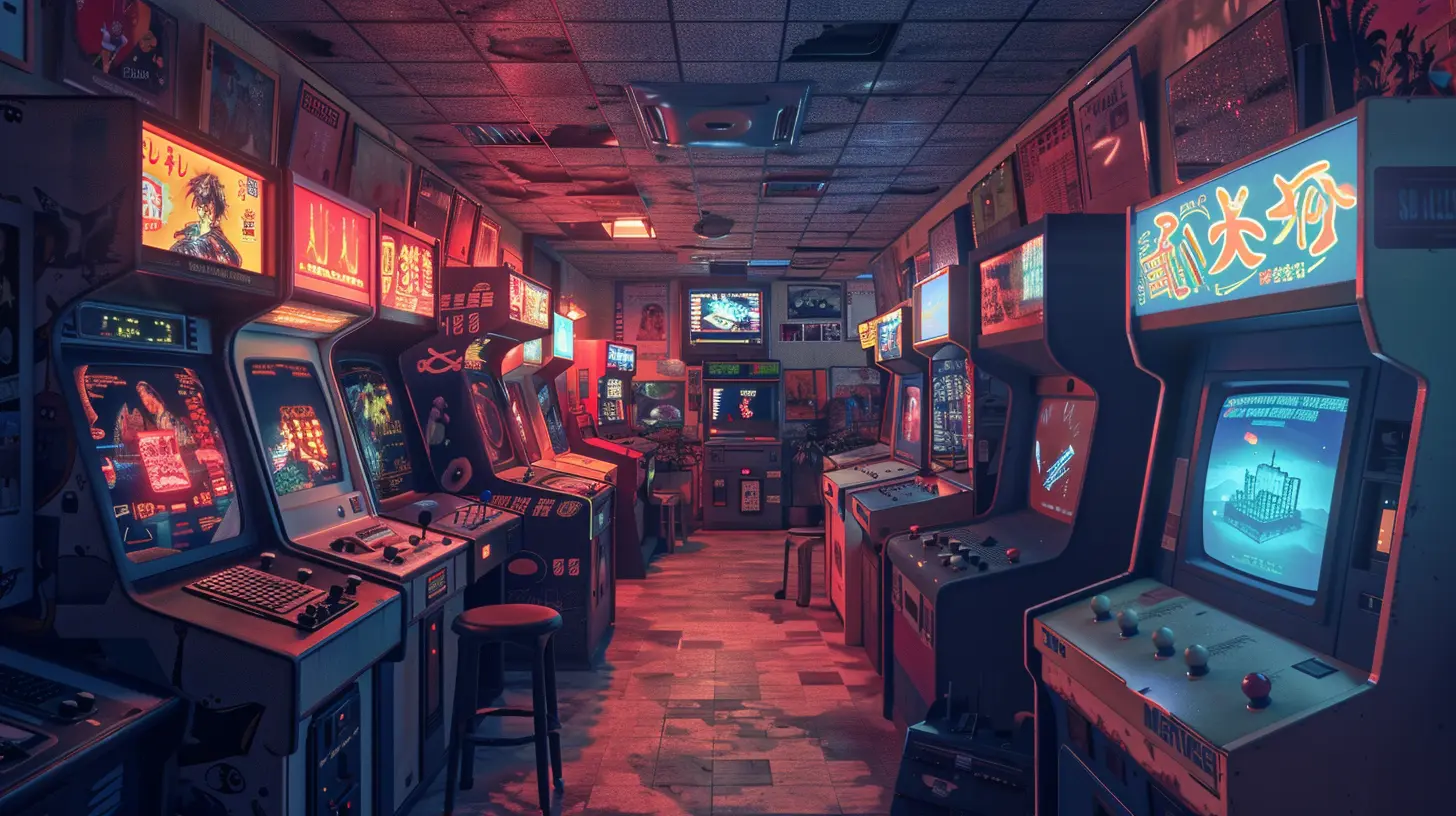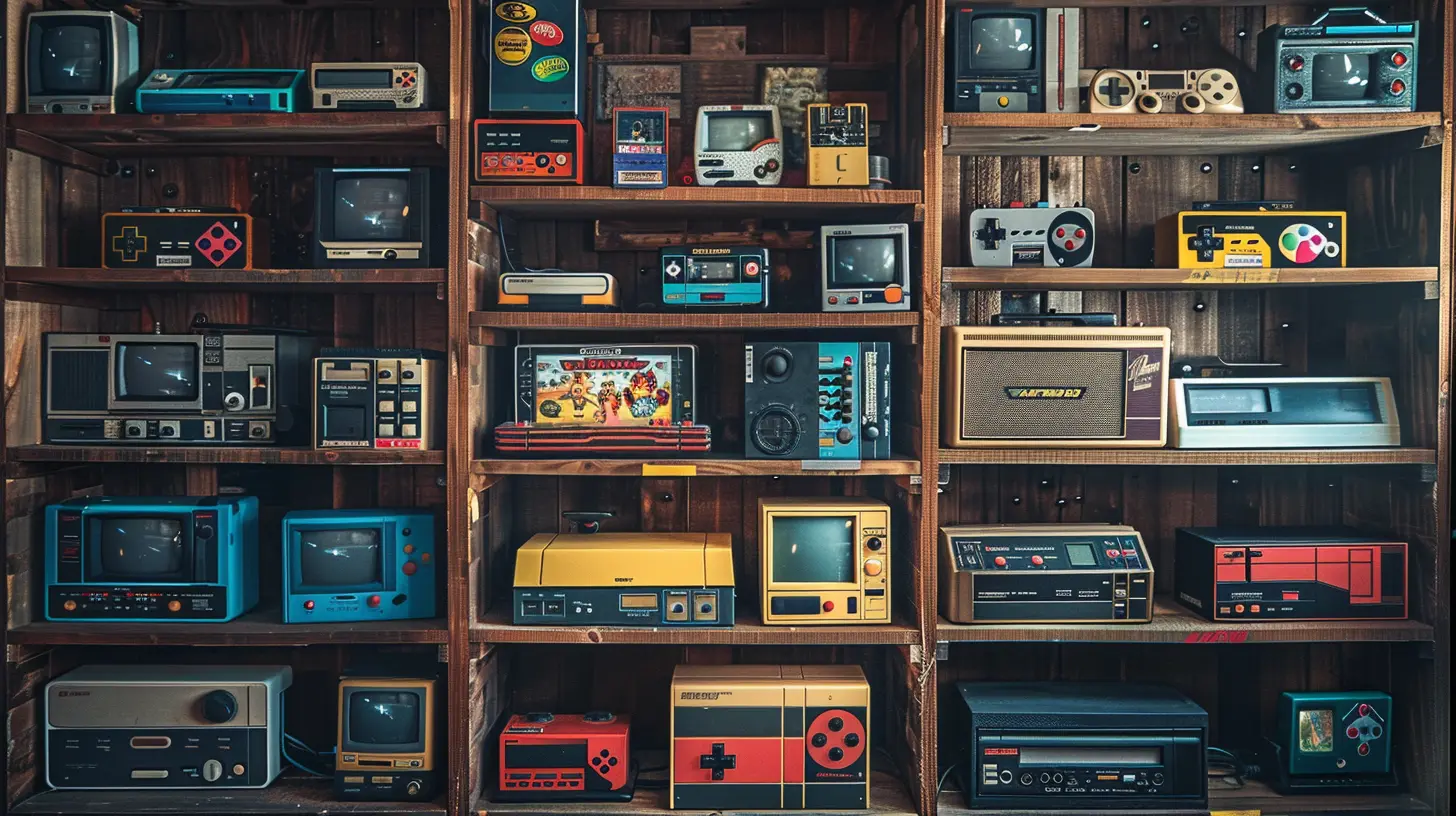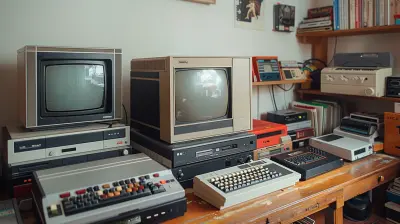The Growing World of Games as Educational Tools
1 November 2025
Let’s be honest—when someone says “education,” your first thought probably isn’t video games. But maybe it should be. Why? Because games are no longer just about defeating dragons, scoring goals, or building pixelated castles. They’re starting to sneak into classrooms, living rooms, and online learning platforms, quietly transforming the way we approach education.
Sure, traditional education tools like textbooks, lectures, and flashcards still have their place. But games? They bring a spark to learning that feels more like solving a mystery than taking a pop quiz. In this article, we’re diving into the growing world of games as educational tools and why they might just be the ultimate cheat code for learning. Ready to hit start?
Why Games and Education Are a Perfect Match
What if I told you learning could be fun? (No, really.) Games tap into something that traditional education often struggles to capture—engagement. If you’ve ever seen someone lose track of time while playing a game, you know what I’m talking about. Whether it’s the thrill of leveling up, the satisfaction of solving a tricky puzzle, or pure curiosity about what happens next, games are addictive in a good way.And that’s exactly why they work as educational tools—they hook you. Games build immersive experiences where you’re not just a passive observer; you’re an active participant. Whether you’re practicing math skills or learning a new language, games make it feel like a choice to learn rather than a chore.
The Psychology of Gaming in Learning
So, what makes games so effective? It boils down to a few key psychological principles. First, there’s the idea of intrinsic motivation—doing something because it’s enjoyable, not because you’re forced to. Games naturally trigger this. They make you want to figure things out, test strategies, and overcome challenges for the sheer satisfaction of it.Then, there’s rewards and feedback. You know that little dopamine boost you get when you hear a “ding” for completing a task? That’s no accident. Games are designed to give timely and consistent feedback, something traditional education often fails to do. And let’s not forget about failure. Unlike in school where failure is stigmatized, games encourage you to fail, try again, and improve. In other words, they create a safe space to experiment and learn.
Different Types of Educational Games
Not all educational games are created equal. Some target specific skills like math or vocabulary, while others focus on broader concepts like teamwork, critical thinking, or even empathy. Let’s break down the most common types.1. Skill-Based Games
These are your classics—games that focus on specific academic skills like math, reading, or coding. Think of apps like Kahoot! or Duolingo. They’re straightforward but effective because they turn repetitive drills into something interactive and rewarding. Practicing multiplication tables or grammar rules doesn’t feel so bad when there’s a leaderboard involved.2. Simulation Games
Ever wanted to be a farmer, pilot, or city planner? Simulation games like Minecraft: Education Edition and SimCity let students explore these roles while building problem-solving and decision-making skills. It’s like shadowing a career, but in a virtual world.3. Serious Games
Serious games might sound like a buzzkill, but they’re anything but. These games tackle real-world issues—from environmental conservation to mental health awareness. Take Foldit, for instance, where players solve puzzles to help scientists unfold protein structures. Yep, you can literally help cure diseases by gaming. Mind blown, right?4. Gamified Platforms
These aren’t games themselves but platforms that incorporate gaming elements like points, badges, and leaderboards. Think of tools like Classcraft that transform classrooms into fantasy adventures. Who wouldn’t want to be a wizard slaying homework monsters?
How Teachers Are Leveling Up with Games
Here’s the thing: more and more educators are catching on to the potential of games. But integrating games into lessons isn’t just about handing students an iPad and calling it a day. Teachers are becoming game masters, carefully selecting games that align with learning objectives.For example, instead of a traditional history lecture, a teacher might have students play Assassin’s Creed Discovery Tour, which lets them “walk” through ancient cities and interact with historical figures. Or, instead of assigning a boring science worksheet, they might use Kerbal Space Program, where students design and launch rockets to learn physics.
Teachers are also recognizing how games foster collaboration. Multiplayer games encourage teamwork, communication, and even leadership skills. Is it chaotic? Sometimes. But it’s organized chaos that gets results.
The Benefits of Gaming in Education
Still on the fence? Let’s break down some of the key benefits games bring to the table.1. Active Learning
Games force you to engage with the material. Instead of passively listening to a lecture, you’re solving problems, making decisions, and experiencing consequences in real-time. It’s like stepping into the textbook and living the lesson.2. Personalization
No two players approach a game the same way, and that’s the beauty of it. Games adapt to different learning speeds, styles, and interests, providing a more personalized experience than traditional methods.3. Soft Skills
Beyond academics, games promote skills like teamwork, resilience, and critical thinking. For example, working together in a game like Among Us teaches players how to communicate and strategize. (Also, how to spot a liar. Useful skill, right?)4. Accessibility
Games don’t discriminate. They can be tailored to various skill levels, languages, and even disabilities, making them an inclusive tool for learners from all walks of life.The Challenges of Gaming in Education
Okay, it’s not all sunshine and princess-saving quests. There are hurdles to overcome. For starters, there’s the dreaded “screen time” debate. Critics argue that kids already spend too much time glued to devices, and adding educational games might just make things worse.Then there’s the cost. While some educational games are free, others come with hefty price tags for schools and families. Plus, not every school has access to the technology required—like tablets, VR headsets, or high-speed internet.
And let’s not forget the learning curve for teachers. Integrating games effectively requires training, preparation, and sometimes a little trial and error. It’s not as simple as pressing “play.”
The Future of Educational Games
So, where do we go from here? The potential for games in education is sky-high—and we’re just scratching the surface. With advancements in technology like virtual reality (VR) and augmented reality (AR), the possibilities are endless.Imagine dissecting a digital frog in VR without the smell, or teleporting to ancient Rome through AR to see the Colosseum in its full glory. Companies are already investing heavily in creating immersive educational experiences that blur the line between learning and play.
And as AI becomes more advanced, we might see games that adapt in real-time to meet individual learning needs. Struggling with fractions? The game slows down to offer extra practice. Acing geography? It throws in more advanced challenges. It’s like having a personal tutor, but way cooler.
Parents and Teachers: Should You Hit "Start"?
By now, you might be wondering, “Should I give this whole educational gaming thing a go?” My advice? Absolutely. But like any tool, it’s all about balance and purpose. Games shouldn’t replace traditional learning, but they can complement it in ways that make lessons stick.Parents, think of it this way: When your kid is begging for more screen time, wouldn’t you prefer they spend it mastering algebra in a game rather than binge-watching cat videos? (Okay, cat videos are great too, but you get the point.)
Teachers, don’t be afraid to experiment. Start small—maybe with a simple quiz game—and see how your students respond. Odds are, you’ll have a classroom full of engaged learners before you know it.
Final Thoughts
Whether you’re an enthusiastic gamer or someone who’s still figuring out how to turn on a console, one thing’s clear: games aren’t just for fun anymore. They’re powerful tools that are reshaping education as we know it. Sure, there are challenges to navigate, but the benefits far outweigh the cons. Games make learning immersive, interactive, and, dare I say, enjoyable. And isn’t that what education should be all about?So, next time someone tells you video games are a waste of time, just smile and say, “Nah, they’re leveling me up.
all images in this post were generated using AI tools
Category:
Gaming CultureAuthor:

Tayla Warner
Discussion
rate this article
1 comments
Cody McQuaid
Games are not just for fun; they’re powerful educational tools that engage minds and foster skills. Embrace the revolution!
November 3, 2025 at 5:59 AM

Tayla Warner
Absolutely! Games have immense potential to enhance learning by making education interactive and engaging.


